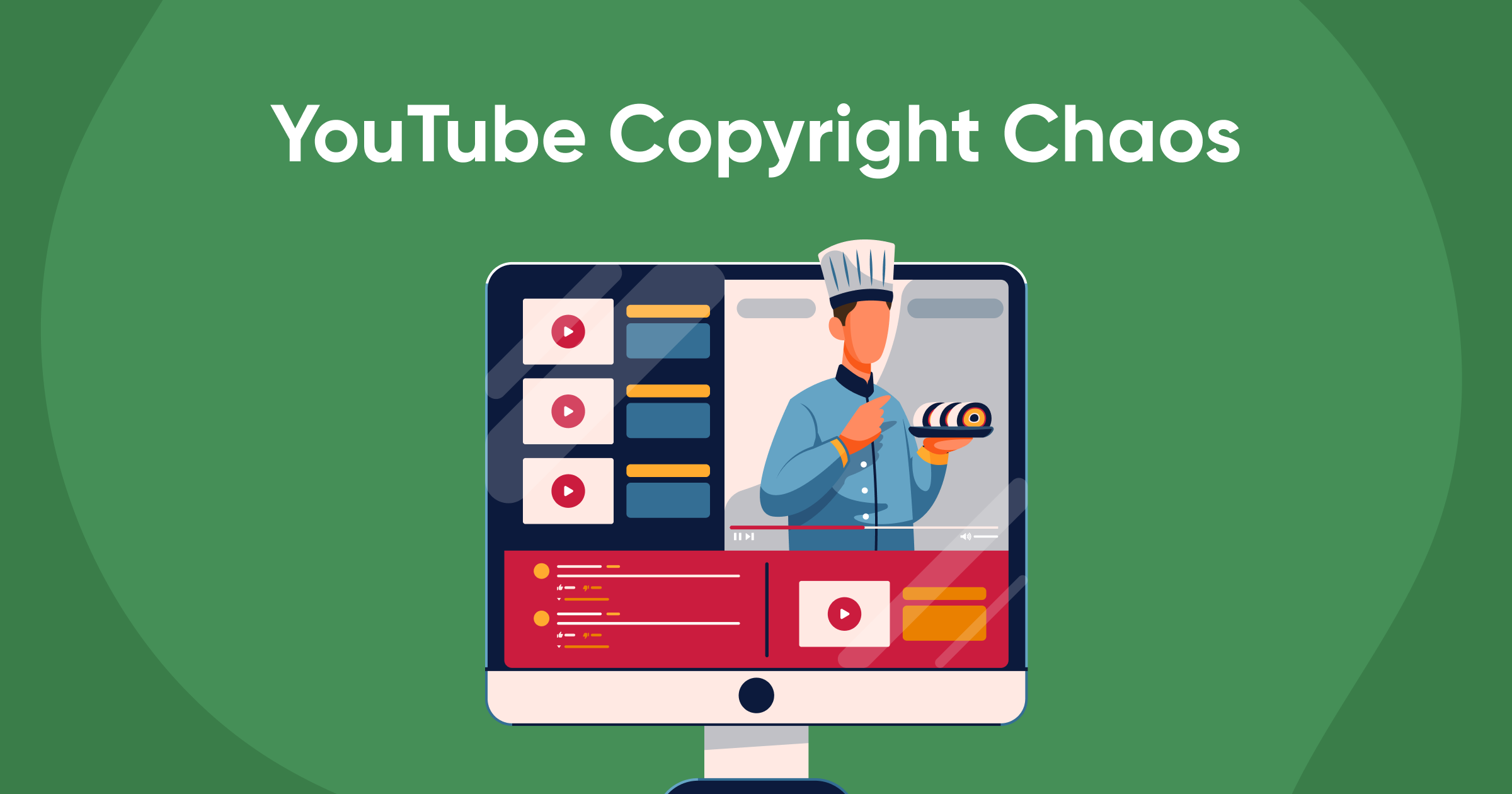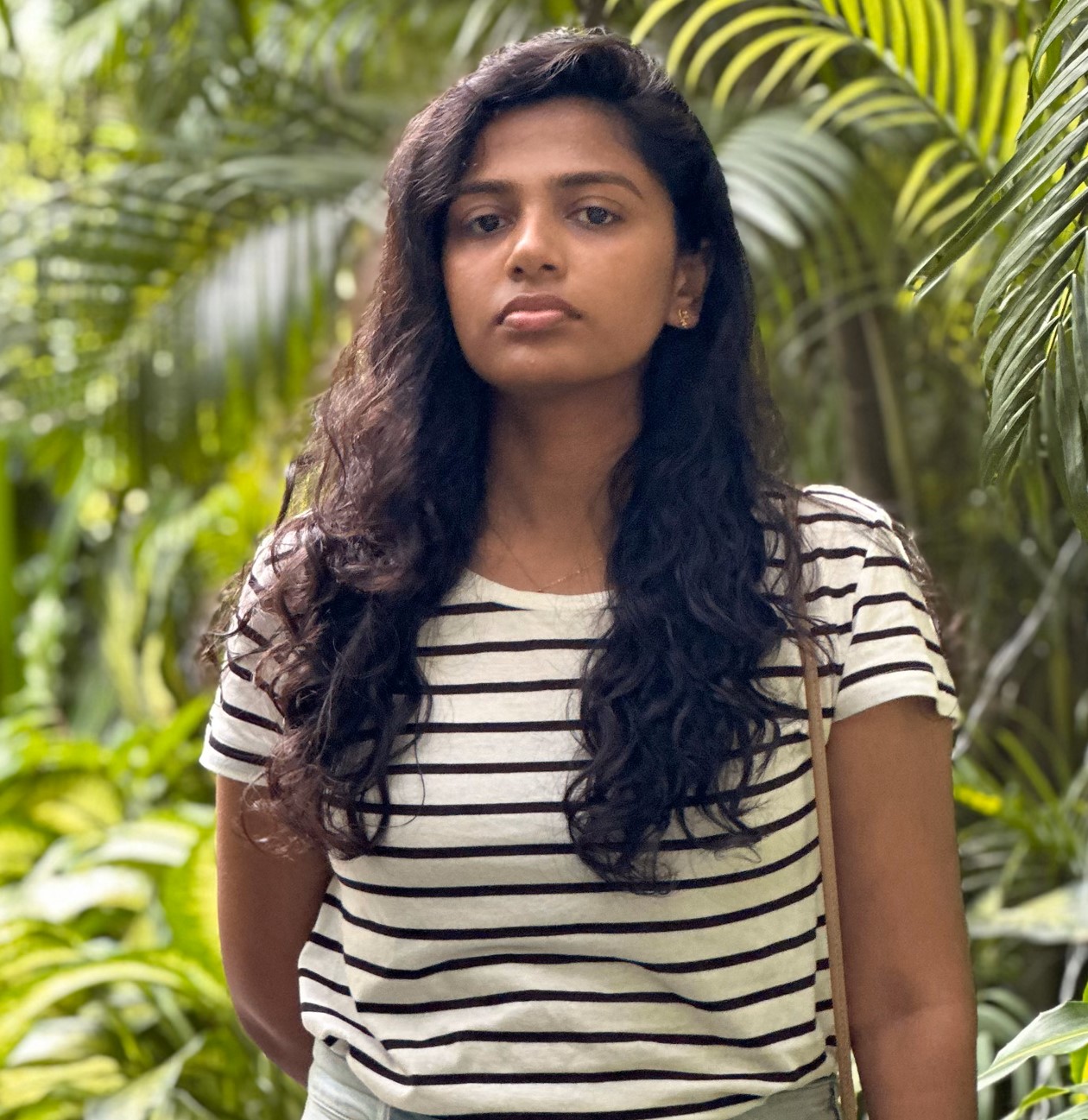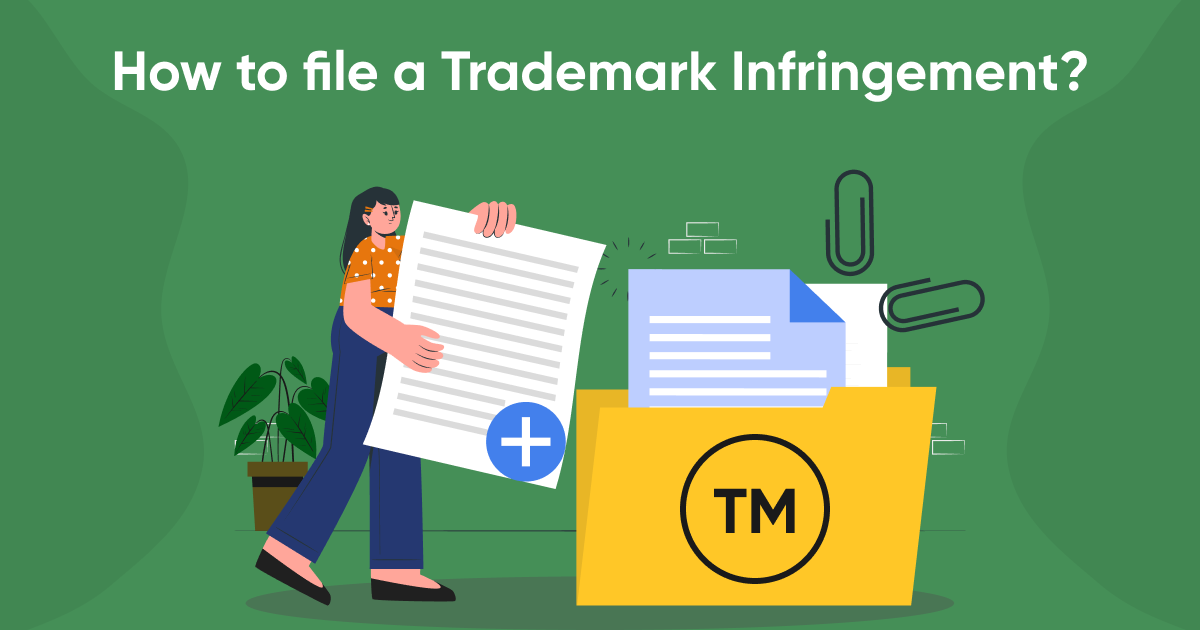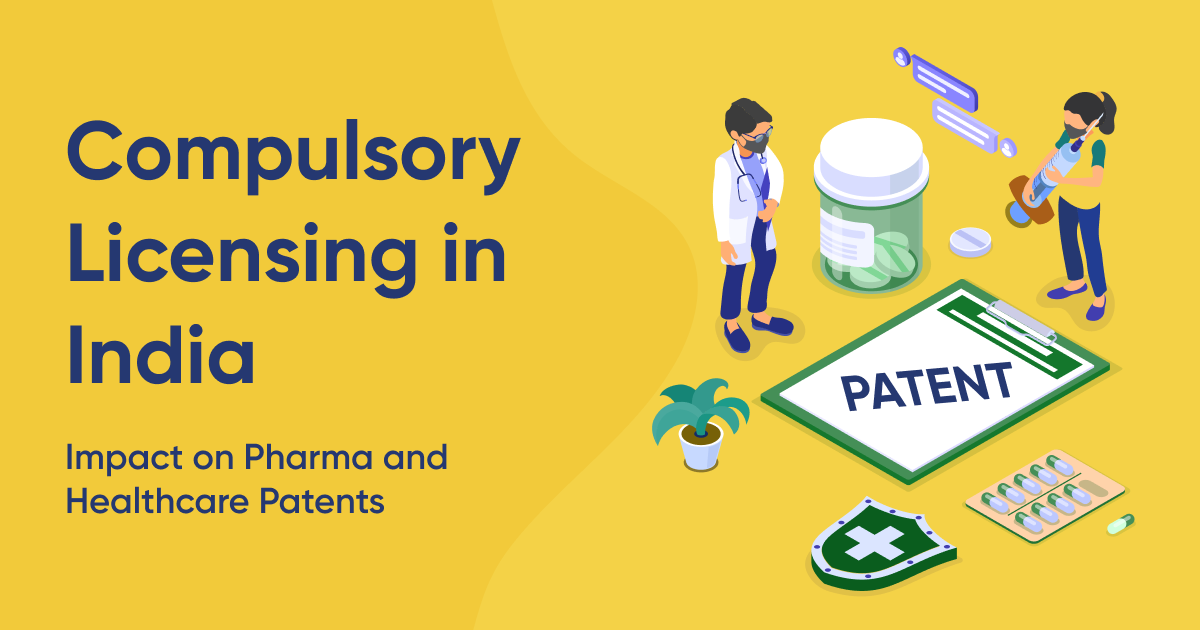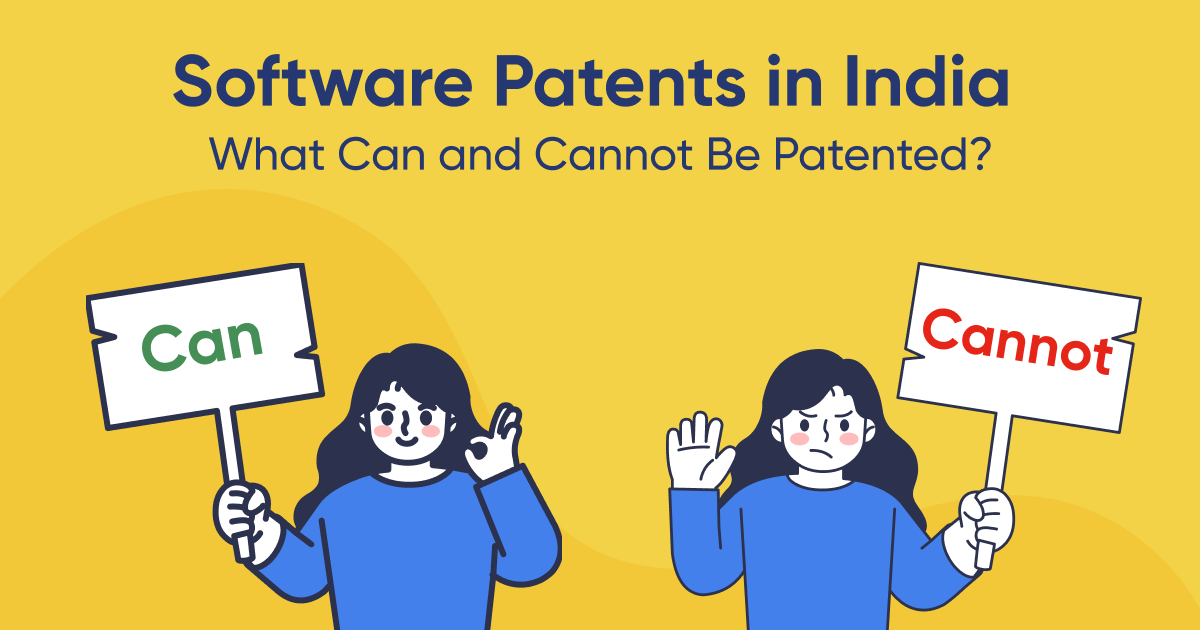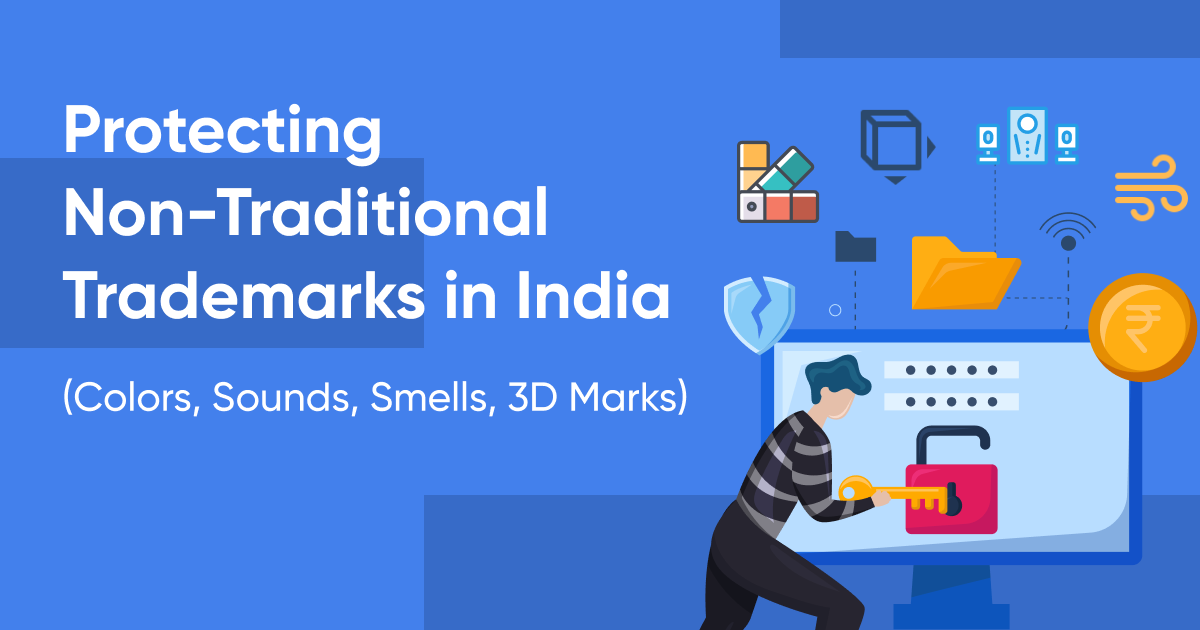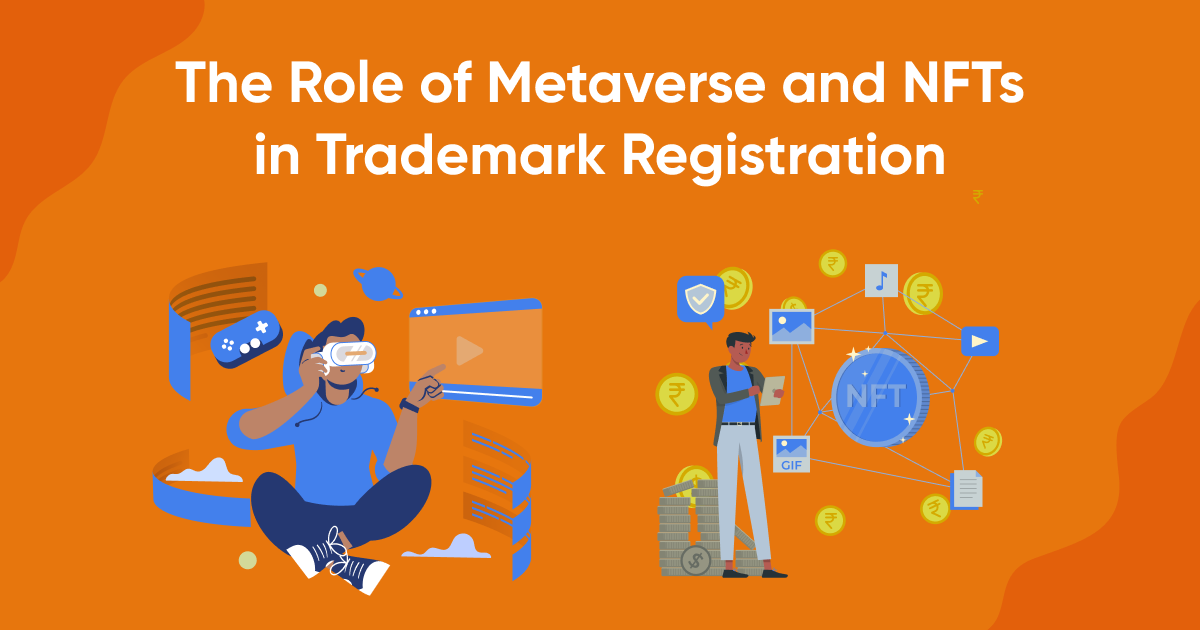Ever spent hours crafting the perfect YouTube video, only to have it slapped with a copyright claim? You're not alone. The world of YouTube copyright can feel like a chaotic dance floor, with creators tripping over legalities and copyright owners throwing shade. But fear not, content creators! This blog guides you through the fair use labyrinth and keeping your channel copyright claim-free.
The Copyright Catch-22
Imagine this: you're making a hilarious reaction video to a viral clip. Seems fair use, right? Well, maybe. Copyright law protects original works, and that viral clip falls under that umbrella. However, there's a twist: fair use! This legal doctrine permits limited use of copyrighted material without the need for permission for activities such as commentary, criticism, parody, or news reporting.
Copyright on YouTube: It's Like a Double Whammy!
Ever uploaded a video to YouTube, only to have it blocked because of someone else's content? Ugh, the struggle is real! This situation is what creators call the "Copyright Catch-22." Here's why it's such a pain:
Imagine this: You make a hilarious reaction video to a funny cat clip you saw online. You think it's totally fair use, right? Well, maybe. Here's the twist: copyright law protects original works, like that cat video. But there's a good guy in this story – fair use!
Fair use is like a special permission slip. It lets you use a bit of someone else's copyrighted work for things like making a funny comment, critiquing something, or reporting the news. Sounds good, right? Here's the catch:
Fair use is kinda tricky. There's no magic formula to know for sure if your video qualifies. Judges use four things to decide:
- Why are you using the clip? Are you trying to teach people something, or just make them laugh? Entertainment leans more towards copyright infringement.
- What kind of work is it? Using a short news clip is safer than the entire soundtrack of a popular song.
- How much are you using? A tiny snippet is generally okay, but the whole video might be a no-go.
- Will it hurt the original creator? If your video makes people not want to watch the original cat video, that's bad.
Here's why things get messy:
- YouTube's copyright police are robots (kind of). They automatically scan videos for copyrighted material, and they can be a little overzealous. They might flag your video even if it's fair use.
- If you get flagged, you gotta prove yourself innocent. That means explaining why you think it's fair use, which can be a hassle.
Okay, so how do we avoid the YouTube Copyright Catch-22?
Here are some tips:
- Buy a permission slip. Many creators sell royalty free videos for YouTube, copyright free music for YouTube, and copyright free images for YouTube. Invest in these for peace of mind.
- Be your own superstar. Create your own music, visuals, and commentary. The more original your content, the less likely you are to get flagged.
- Don't just copy, be clever. Don't just react to a clip, add your own funny spin, analysis, or critique. It's all about transforming the original work.
- Give credit where credit's due. Even if you think it's fair use, mentioning the original creator shows you're playing fair.
- Sometimes, it's better to walk away. If a clip is causing trouble, consider removing it rather than risking a copyright strike.
Being a copyright champion is all about being smart!
Here's how to stay ahead of the game:
- Learn the copyright ropes. Read up on copyright basics and fair use. Resources from YouTube and copyright organizations can help you out.
- Stay in the know. Copyright laws can change, so keep yourself updated.
- Communicate clearly. Be upfront about how you're using copyrighted material.
The Four Pillars of Fair Use in YouTube
So, how do you know if your video qualifies as fair use? Buckle up, because it's not a simple yes or no.
Courts evaluate four criteria to determine if a use qualifies as fair use:
- Purpose and Character of Use: Are you using the copyrighted material for transformative purposes like education or criticism? Pure entertainment might lean towards copyright infringement.
- Nature of the Copyrighted Work: Is it a published fact or creative work? Using a factual news clip has a stronger fair use case than a hit song.
- Amount and Substantiality of the Portion Used: A short snippet is generally safer than the entire copyrighted work. Quality over quantity!
- Effect of the Use Upon the Potential Market: Will your video harm the market for the original work? A scathing review might tip the scales towards infringement.
Fair Use: Friend or Foe?
While fair use offers some breathing room, it's important to remember it's not a shield against all copyright claims. Here's the not-so-fun reality:
- YouTube's Automated System: YouTube's Content ID system is notorious for being overly cautious. It might flag your video even if it falls under fair use.
- The Burden of Proof: If you get a claim, the onus is on you to prove fair use. This can be a legal headache, especially for smaller creators.
Staying Safe in the YouTube Copyright Jungle
So, how do you create awesome content and avoid copyright drama? Here's your survival kit:
- License It Up: Many creators offer royalty free videos for YouTube and free music by YouTube. Invest in these resources for peace of mind.
- Embrace Originality: Create your own music, visuals, and commentary. The more original your content, the less likely you are to face copyright issues.
- Transform, Don't Copy: Don't just react to a clip, add your own analysis, humor, or critique. Transformation is key for fair use.
- Credit Where Credit's Due: Even if you believe your use falls under fair use, crediting the original creator shows good faith.
- Know When to Fold: Sometimes, it's better to remove a disputed clip than risk a copyright strike.
The Future of Fair Use on YouTube
The YouTube copyright landscape is constantly evolving. There's an ongoing debate about reforming fair use laws and improving Content ID's accuracy. As creators, we can advocate for a system that fosters creativity while respecting copyright ownership.
The good news? Things are changing. There's a conversation about clarifying fair use and improving YouTube's copyright detection system. As creators, we can all contribute to building a system that protects creativity and ownership.
Remember, copyright isn't the enemy. It protects creators and their hard work. By understanding fair use and using these tips, you can create awesome videos without getting caught in the copyright crossfire. Now go forth and conquer YouTube!
Frequently Asked Questions
Can I use someone else's music in my YouTube video?
It depends. Generally, it is not permissible to use copyrighted music without obtaining permission. However, there are exceptions like creative commons music or using small portions under fair use. Your best bet is to use royalty-free music or get permission from the copyright holder.
What is fair use on YouTube?
Fair use is a legal principle that permits restricted use of copyrighted material without the need for permission for activities such as commentary, criticism, parody, news reporting, teaching, or scholarly research. There's no bright line for fair use on YouTube, but courts consider factors like the purpose of your video, the amount of copyrighted material used, and its impact on the original work.
What if I get a copyright claim on my YouTube video?
This means the copyright holder flagged your video for containing their material. It doesn't necessarily mean you're infringing. You can dispute the claim if you believe it's fair use. However, multiple copyright strikes can lead to channel termination, so be careful.
How can I avoid copyright strikes on YouTube?
-
Use your own original content whenever possible.
-
Use royalty-free music or get permission for copyrighted music.
-
Be mindful of using small amounts of copyrighted material for commentary or criticism.
-
Credit the copyright holder if using fair use.
-
Consider using the YouTube library of free audio and video.
